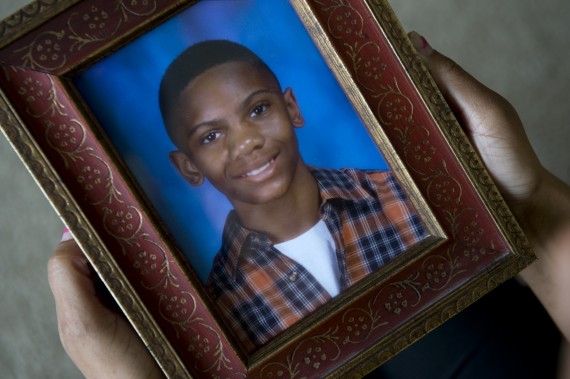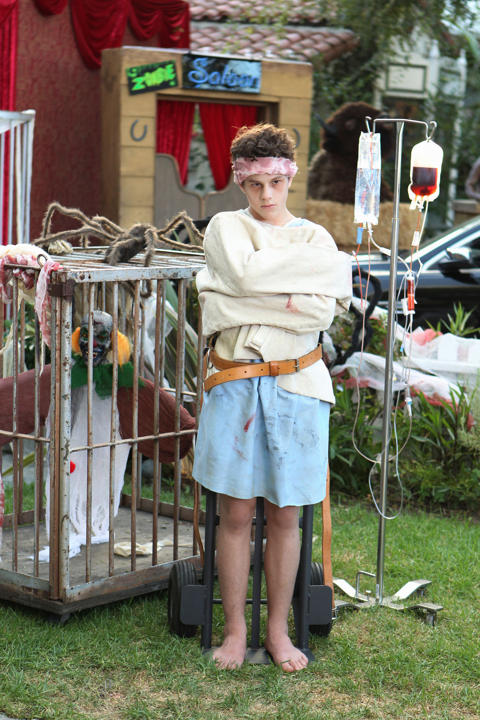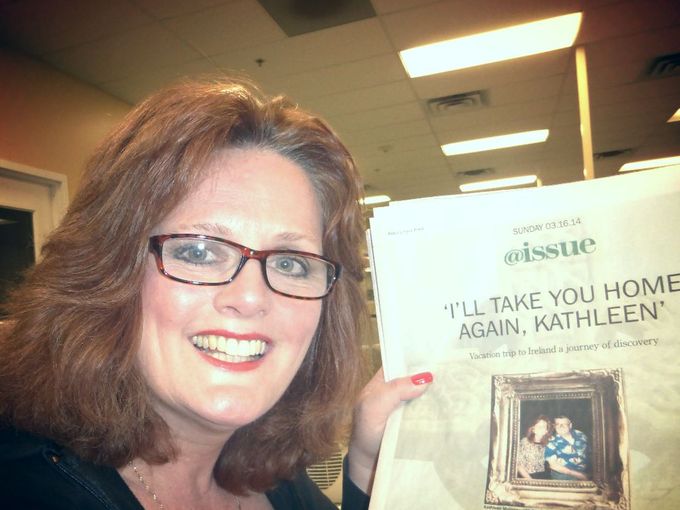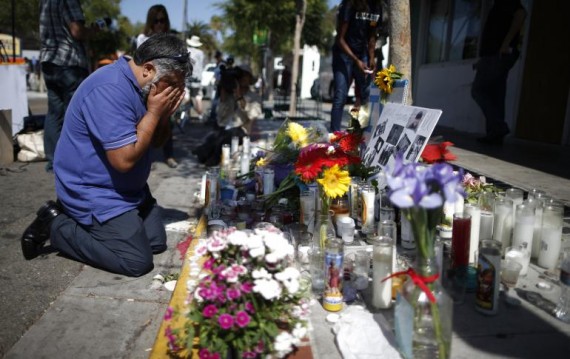11-21-14 D. J. Jaffe is a mental health gadfly, defined as “one who provokes others into action by criticism” and much like his friend and mentor, Dr. E. Fuller Torrey, his views often inspire some and anger others.
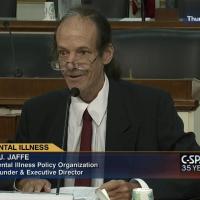 Earlier this month in a speech at the New York State convention of the National Alliance on Mental Illness, Jaffe claimed there was a difference between being a mental health advocate and a mental illness advocate. Here is an edited version of his talk.
Earlier this month in a speech at the New York State convention of the National Alliance on Mental Illness, Jaffe claimed there was a difference between being a mental health advocate and a mental illness advocate. Here is an edited version of his talk.
By D J Jaffe
Exec. Dir. Mental Illness Policy Org.
I want to make clear that like most of you, I am not a mental health advocate. I am a mental illness advocate. I think we need less mental health spending and more mental illness spending. It is the most seriously ill not the worried-well, who disproportionately become homeless, commit crime, become violent, get arrested incarcerated or hospitalized. 360,000 are behind bars and 200,000 homeless because we are now focused on improving mental health, rather than treating serious mental illness.
My number one message is that we have to stop ignoring the most seriously ill. Send them to the front of the line for services rather than jails shelters prisons and morgues. I’ll talk (now) about how mental health advocates ignore the seriously ill.
